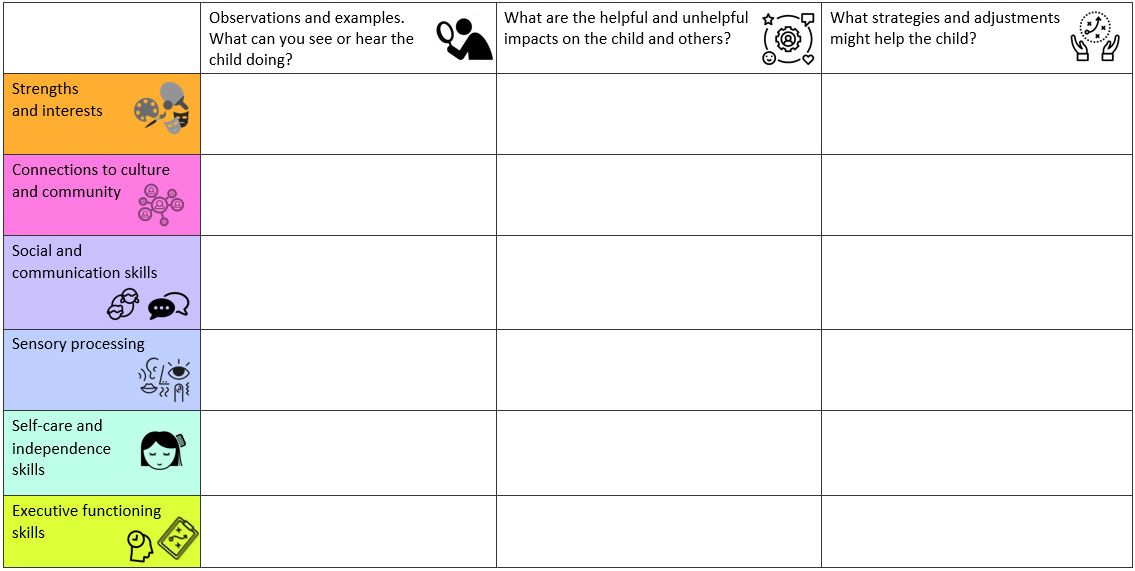Here are some potential responses I think:
- Improve learning performance
- Making learning more accessible/flexible
- Financial benefits
- Student experience and choice
- Improved pedagogy
- Reflection on practice
- Administration and monitoring
Source: What is the purpose of educational technology? by Martin Weller
Martin, this has me thinking about a post I wrote too many years ago about my ‘vision for eLearning‘:
Is Transformative: More than just redefined, learning is purposeful and involves wider implications.
Is More Doable: Makes things like critical thinking and collaboration more possible.
Enables Student Voice: Technology provides a voice for students to take ownership over their work and ideas.
Involves Modelling Digital Citizenship: More than a sole lesson, eLearning should be about foster competencies throughout the curriculum.
Source: Vision for eLearning by Aaron Davis
The thing that struck me then was that vision is a collective enterprise and so often is contested, no matter how much work is done. For example, this week, I got caught talking with a colleague who argued that there are three facets to the technology project that we are a part of: finance, student/community and pedagogy. The problem that we face is that there is nobody who is properly invested in all the areas, therefore any decisions made are always made based on the priorities of the group in question. When I started too many years ago now, my focus was all about the students, as outlined in my vision, and although this is still the case and will always be something of a north star, my day-to-day focus these days is on administration and finance. Sadly, I have come to learn the reality that when it comes to technology at scale (financial benefit, you might say), the focus becomes the quality of data you are working with and improving the steps to producing such data more efficient. Many prefer to call this ‘magic‘, but to me it is the foundation that allows the house to be built. Invisible to most, until a massive crack appears in the wall and you need to go digging.
I was also left thinking about Ewan McIntosh’s post about the various purposes alongside Ewan McIntosh’s discussion of a school’s ‘value proposition‘. He posited that beyond two values, teams get lost:
A value proposition, even if you are a state school, is a vital value to hone down, not just so that kids aren’t ripped out of your school but so that everyone, including the leaders, can be held to account when kinks in the system appear. If you state that excellence in education is your value proposition, then you’d better get that nailed, all the time, every time, or perceptions will change and take a long time to bring back.
And defining a value proposition is easy – you can really only choose one top value you pursue, and a close-place second one. Beyond two core value propositions, your team will be lost and not know what they are chasing
Source: Working out a school’s competitive position even when it’s not competing #28daysofwriting by Ewan McIntosh
All in all, your post has me intrigued to think about what has changed and what remains the same regarding education technology.



